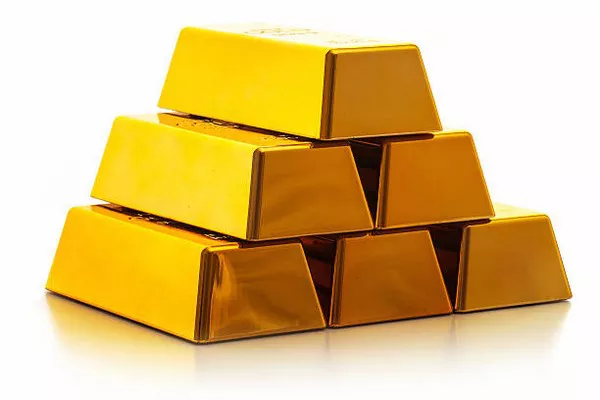Gold prices continued their upward trajectory on Wednesday, finding support in a weakened U.S. dollar and declining bond yields. The surge came in response to recent data indicating a slowdown in U.S. inflation, reinforcing the perception that the Federal Reserve has concluded its rate-hike campaign.
As of 0319 GMT, spot gold marked a 0.2% increase, reaching $1,965.83 per ounce after a 0.9% overnight climb. Concurrently, U.S. gold futures saw a 0.2% gain, reaching $1,969.50.
Ilya Spivak, Head of Global Macro at Tastylive, commented on the seemingly favorable conditions for gold. Despite a notable drop in the dollar and yields, gold’s capitalization remained modest, prompting Spivak to suggest lingering geopolitical risks. He noted the market’s ongoing process of factoring out the potential expansion of the Israel-Hamas conflict to involve other combatants.
Tuesday’s data revealed that U.S. consumer prices remained unchanged in October, with the annual increase in underlying inflation being the smallest in two years. This softer-than-expected inflation print led to a decline in the dollar index to a more than two-month low, rendering gold more affordable for holders of other currencies. Simultaneously, benchmark U.S. 10-year Treasury yields slid to a near two-month low.
U.S. rate futures on Tuesday reflected a 65% likelihood of a rate cut in May next year, a significant increase from the 34% probability late on Monday, as per the CME’s FedWatch tool. Lower U.S. interest rates enhance the appeal of holding gold as an investment.
Investors are now eagerly awaiting U.S. retail sales data and the producer price index (PPI) on Wednesday for further insights into the Federal Reserve’s interest rate outlook. Economists are anticipating a 0.1% gain in PPI last month, in contrast to the 0.5% increase observed in September.
In the broader precious metals market, spot silver experienced a 0.3% rise, reaching $23.15 per ounce, while platinum held steady at $885.94. Palladium also saw a 0.2% gain, reaching $1,018.60 per ounce.


